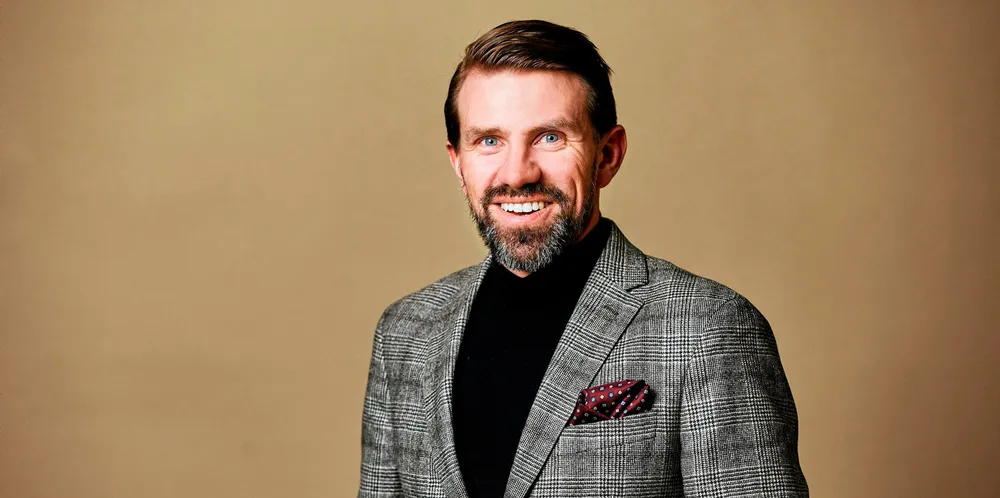Ikea deal shows Swedish offshore wind 'attractive' and different to US: OX2 CEO
With plan to sell into southern Swedish wholesale electricity markets with its rising power needs, giant Baltic Sea projects have different revenue base, Paul Stormoen argues

The latest deal with the Ikea owner is highlighting the attractiveness of developing offshore wind in the Baltic Sea, OX2 CEO Paul Stormoen said in an interview.
“There is acknowledged demand. The cost structure is still attractive from the market perspective, which this was yet another proof of,” Stormoen said.
“This is the third transaction [with Ingka] in slightly more than a year that we've done on Baltic Sea offshore. I think that is yet another strong use case for business fundamentals behind it.”
“The revenue is not fixed yet for these projects [off Sweden]. You're going to sell into the open market, which is at a different price level than what was committed in the PPA structures in New York.”
Orsted earlier this month had sent shockwaves through the industry by cancelling its gigascale Ocean Wind 1 and 2 projects in the New York Bight, saying supply chain disruptions, rising interest rates, and permitting delays made it impossible for the utility to continue the project and make a profit. Orsted even preferred to take a $4bn impairment hit on those projects over continuing them.
Support had been granted to Orsted by New Jersey authorities in 2019 through a complex formula, with lobby group American Clean Power estimated coming down to a support level for the Danish utility of $116.8/MWh if Ocean Wind 1 had been built.
Sweden doesn’t hold offshore wind tenders for support, so operators once a wind farm at sea is up and running receive the wholesale electricity market price.
The SE3 and SE4 price zones are to the south and central parts of the Nordic country, where demand by industry and consumers is highest, as are power prices.
The day-ahead prices in the Nord Pool wholesale market for the SE3 zone for Dec.1 is €102.96/MWh, and for SE4 €102.28/MWh, but prices fluctuate. For all of last year, they had averaged €129.21/MWh for SE3 and €152.10/MWh for SE4.
It is difficult to predict the price levels for the next decade when Pleione and Neptune would likely be commissioned (if permits were granted and an investment decision taken). Many observers expect rising prices due to soaring power needs through the electrification of industry, heating and mobility.
OX2 assumes a “rough estimate” of needed investment for the projects of about €3m per MW of constructed offshore wind capacity, which would translate into an overall spending of about €7.2bn ($7.9bn) for both projects combined.
(Copyright)